A Year Considered: Nurturing Wonder In the Preschool Years
One of the most delightful times of learning: the preschool years. For children around the ages of 3 to 5, eyes are full of wonder and their days are replete with opportunities to learn: to know and understand, to investigate and discover. My job is not to get in the way too much!
How can one get in the way? By so completely over-structuring days and time that all wonder-filled opportunities that present themselves in the smallness of the everyday are utterly snuffed out. No time for wondering aloud at the butterfly that landed on the flowers out the front window – we have to go to a class. No time for investigating, crafting, drawing, enjoying a picture book – we have x, y, and z planned.
Does your preschooler need outside the home classes or opportunities? No. They need time at your side in the quiet of the home: reading wonderful and rich picture books, learning good habits of obedience, truthfulness, learning to work hard and give best effort, and enjoying time spent wondering aloud. They learn more from your best efforts of modeling hard work in the home than any curriculum or class could ever hope to convey. Spend your time wisely nurturing good habits right now and you can expect to reap the benefits of this time-well-spent in the years to come. (Great resource for this: Laying Down the Rails by Simply Charlotte Mason, compiled from Charlotte Mason’s 6 volume work)
Notice that in my question I asked if a preschooler needs outside the home opportunities, and the answer is a firm and certain, “No.” Of course, there may be some great opportunities that don’t intrude on quiet, wonder-filled days, and it will be up to you to discern those. Discern carefully, my friends. There are more “good opportunities” than there are “quiet moments”, and you can never get those quiet moments back. Saying no thank-you to a good opportunity doesn’t take away the good or the value of that opportunity, it simply means that you’ve discerned greater value in your time spent somewhere else…like being attentive at home.
The good news: you won’t need to spend a gazillion bucks! And you don’t need someone else to put together an expensive preschool package or curriculum for you. I know! I know! You’re anxious to get started and you want to do this right….trust me on this! Invest time now. Invest a modest amount in building up a good home library. And you won’t go wrong! You really can teach the ABC’s and 123’s on your own. Really. You can. And you really can learn songs together, walk in nature, and wonder aloud with your children without scripted lessons! You need good books, time to wonder, and lots of room in the day for exploring and investigating! Open your eyes to wonder!
Channel your inner child and enjoy this time!
I’d love to share a little peek into our days with you! This post will be replete with links and resources. Enjoy!
This is our little preschool space. I certainly don’t mean to imply that we consolidate or isolate learning to this one corner of our room, but it just works out that everyone in the learning room has some little bit of space for books and things, and this is where the preschooler’s books and things live. I rotate things off and on her shelf as her interest wanes. The books we read from are on the shelf above her table.
More on the books we’re using in a minute…
I know you’re all wondering about the little table because so many of you have asked about it! I researched and found these tables for our two youngest late last year, and they work so well for us! The best price I found was online through Wayfair Supply. What you see pictured is a Mahar Small Rectangular Activity Table. (If you’re looking for a larger table, check out their large table version – for some inexplicable reason, it’s cheaper than the small table.) Here are the options we selected for the table you see pictured on this post:
- Foot type: Nickel
- Leg Size: Standard (This choice works really well for us because the lowest leg height is a good height for beginning learners, and then the table height grows and can accommodate up to an adult height.)
- Table size and shape: 18 x 36 rectangle (I chose this size for three reasons: (1) I have a lot of other things in learning room and needed our new work tables to be small, (2) I’m using the tables with small learners, and (3) I have two other tables in larger sizes that, as my big kids grow and graduate, my little kids can grow into. *IF* you are looking for a good, all purpose size table, I highly recommend the 24 x 48 size table. This is our favorite size table! It’s big enough to comfortably hold a high schooler’s work load, yet not so big that it takes up too much space. I have three sizes of tables in my learning room, and the 24 x 48 size is the most useful!)
- Top Finish: Oak (But as you can see from the pictures, it’s more like a light maple. I really like it!)
- Trim Color: Blue
I am a big fan of these type of activity tables because they’ve lasted so well for us through the years. I bought my first learning room table 12 years ago, and it still looks great! In fact, my high schooler is still sitting and working at it! They’ve been written on, painted, glued, crafted, sparkled – and they clean up great! I like the durable, smooth writing surface and I love that the legs adjust to grow with the child!
I’ve had the little chairs since my oldest was my littlest. I’m a big stickler for the chair and table size fitting the child, especially for my early writers. The chair size for my 4 year old is a 12″ chair.
And now to answer another burning question! Y’all really want to know where I got the beautiful number cards that hang around my preschooler’s work area! Aren’t they pretty? Those are Eeboo Counting Birds Wall Cards. I am a huge fan of everything eeBoo – their products are quite imaginative and well made. Nothing trendy. Just very pretty and imaginative art meets practical, functional, and educational!
Our curriculum? I almost hesitate to call it a “curriculum”. It isn’t anything prepackaged. It is delightful and relaxed, incorporating a lot of seasonal picture book reading, learning good habits, and beginning nature studies. It is based on Charlotte Mason’s list of attainments for a child of 6.
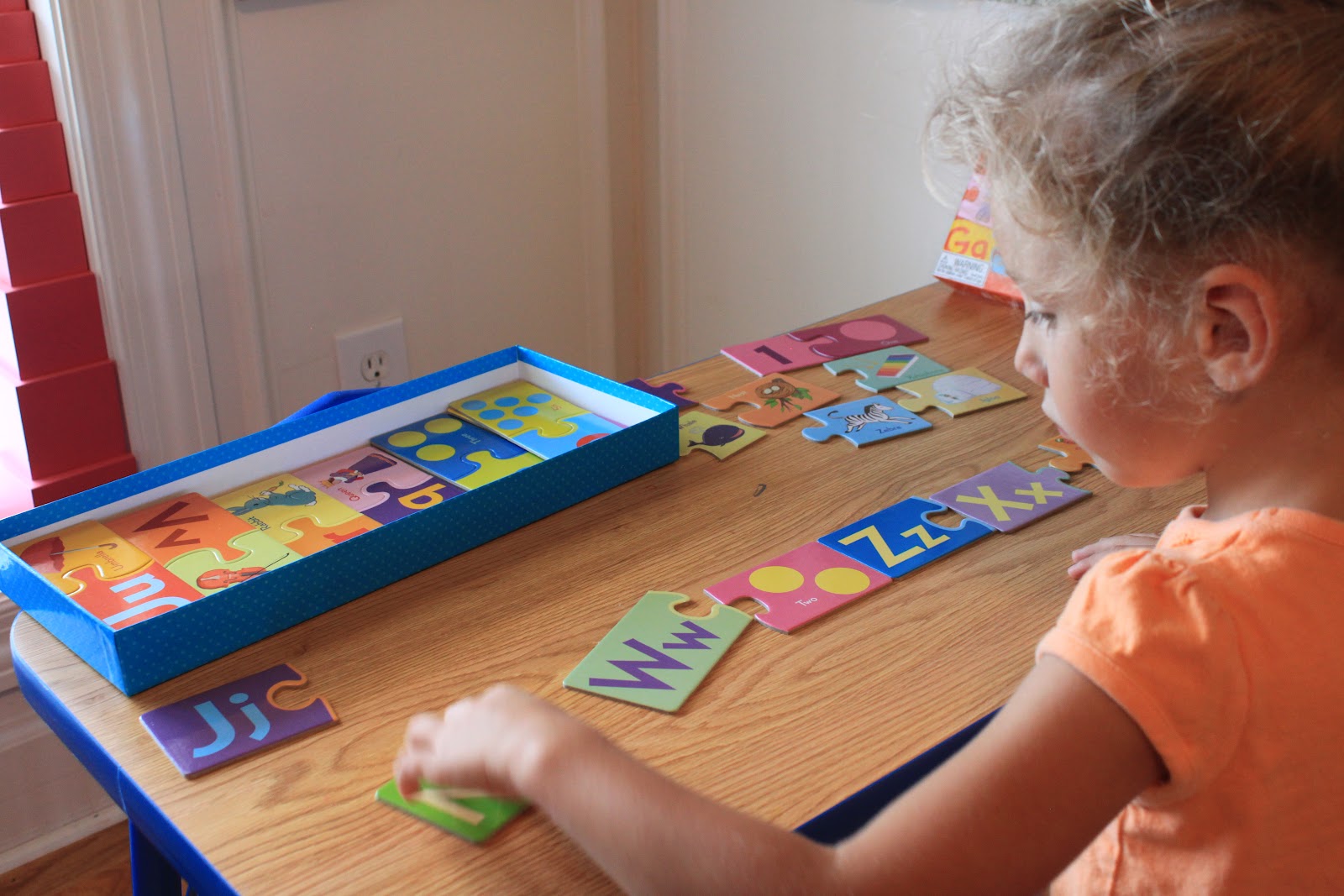 |
| Working with eeBoo Alphabet and Number puzzle |
You certainly don’t *need* lesson plans for preschool!!! But we’re enjoying ours! With three other learners, our sweet little lesson plans help keep me focused and pointed in the right direction, and my little preschooler likes having her own lesson plans and her own big-girl books and things!
 |
These little lesson plans also work to help my big kids! How, you ask? Well it so happens that sometimes my big kids take charge of lessons with my littlest learner while I’m working with someone else! The lesson plans help them know what to do with her: books to use, and nature walks to enjoy together, and generally keep us all pointed in a good and fruitful direction!
For You…
You can download and print our Preschool:Kindergarten booklist.
You can download and print the lesson plans:
You can download and print a checklist form of Charlotte Mason’s List of Attainments here: CM’s formidable list.
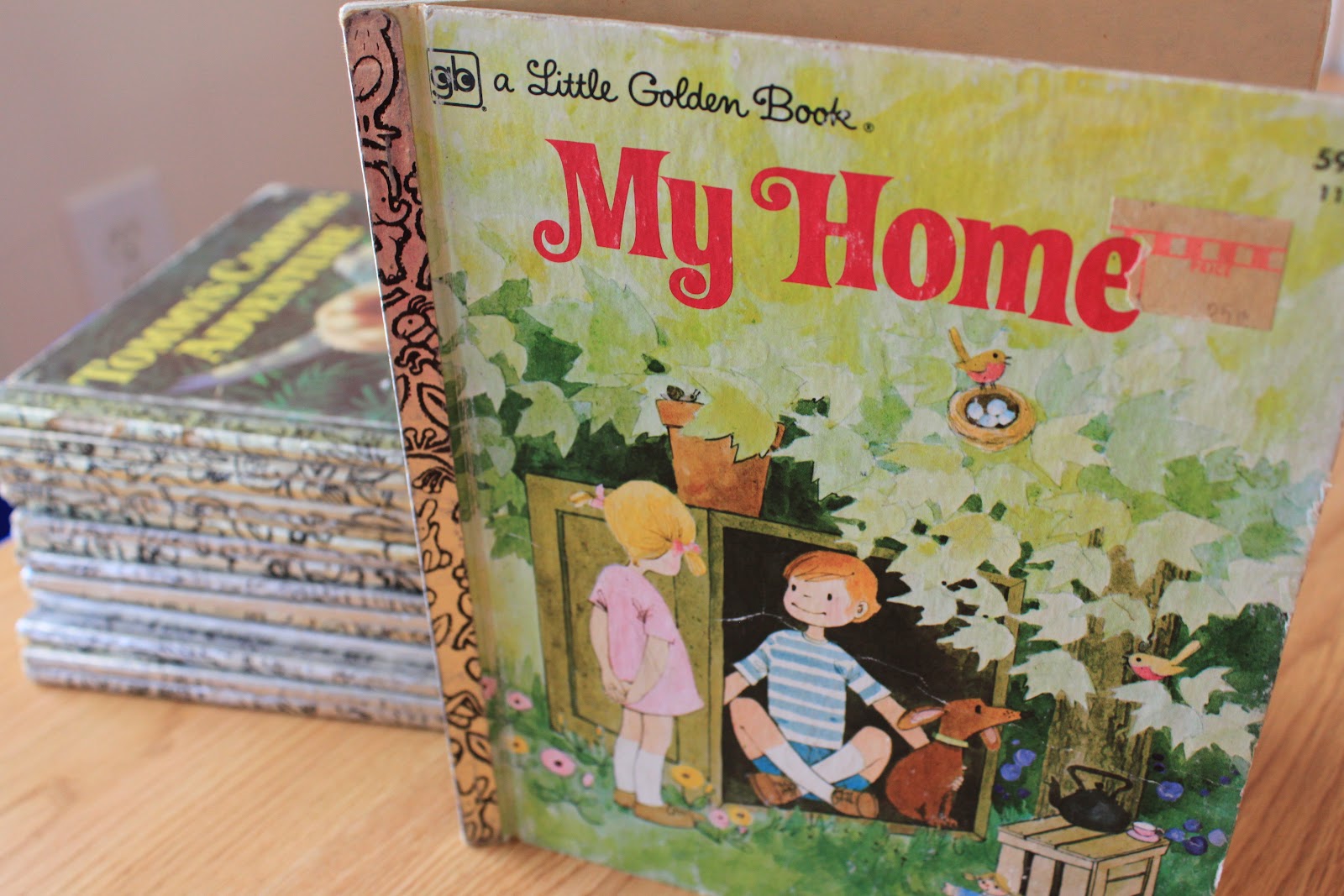 |
| Always keep an eye out for fantastic Little Golden Books at your thrift stores and flea market! You can usually find these for 25 – 50 cents and the older ones are just fabulous! |
- Catholic Children’s Treasure Box books by the Maryknoll Sisters
- My Big Book of Catholic Bible Stories compiled by Heidi Hess Saxton
- Saints for the Small by Frank Morriss (oop)
- Manners In God’s House, reprinted by Neumann Press
- I Believe: The Creed, Confession, the Ten Commandments, reprinted by Neumann Press
- Jesus and Mary: The Lives of Jesus and Mary and the Story of Fatima, reprinted by Neumann Press
- Saints for Girls, reprinted by Neumann Press
- Let’s Pray: First Prayers for Little Catholics by Sister Mary Juliana (oop)
- The Rosary for Little Catholics by Frances McGrade (oop)
- A First Book of Saints for Little Catholics by Father Gales (oop)
- Saint Peter: A First Book for Little Catholics by Father Gales (oop)
- My Guardian Angel for Little Catholics by Mary Stromwall (oop)
- God’s Story Book: First Bible Stories for Little Catholics illustrated by Lynd Ward (oop)
- A Very Little Child’s Book of Stories by Ada M. Skinner and Eleanor L. Skinner
- Along with that book, we’ll enjoy several other story books by the Skinner sisters that focus around seasonal themes. Unfortunately, they’re all out of print, but you can download each of them free for your ereader from archive.org.
- Kindergarten Stories and Morning Talks by Sara E. Wilse
- We choose seasonal poems to learn and memorize. Some of our poetry resources:
- Morning Exercises for All the Year by Joseph Sindelar (oop)
- Favorite Poems Old and New edited by Helen Ferris
- Sing-Song: A Nursery Rhyme Book by Christina Rossetti
- We are reading and enjoying several alphabet picture books, learning to recognize the letters of the alphabet, and building the letters of the alphabet (see resource reviewed below)
- Copywork of the letters of the alphabet and simple words
- ReadyWriter by Edwin Myers (really great resource for writing readiness!)
- Italics: Beautiful Handwriting for Children by Penny Gardner (I’m using for all ages as a copywork resource this year….just moving at different speeds for different ages/abilities)
- We’ll enjoy lots of picture books from our history picture book shelf!
- Petite Suzanne by Marguerite de Angeli
- Happy Little Family by Rebecca Caudill
- Schoolhouse in the Woods by Rebecca Caudill
- Seasonal and themed picture books
- We’ll learn the life cycle of a Painted Lady Butterfly this spring including learning more about what a life cycle is.
- Treasury for Children by James Herriot
- We’re using this lovely nature notebook from Family-Centered for collecting leaves and wildflowers. Note:
- Clear laminating paper works well for affixing flat specimens (leaves and wildflowers) into a nature notebook. It contains objects nicely so that little ones don’t have to worry about being too delicate with their touch, and it allows them to enjoy their specimens.
- For several years now we have enjoyed this flower press from Lee Valley (we have the regular size, not the large, and find that it works nicely for the pressing we need to do.)
For learning French, I found a sweet little series and we’re all really enjoying it! We watch 5 – 10 minutes of the program each week and practice the vocabulary around the house. I love how the program pauses and asks the children to repeat and respond. It really encourages them to join in. Since we’re working on two foreign languages this year, our house is often a happy mix of Latin and French. Salve les amis. 🙂 {Salve/Hello/Latin…les amis/my friends/French}
A note: the narrator in this series is a native French speaker, which is great for an authentically modeled french accent, but do note that her English is spoken with a French accent as well. It is understandable, but also quite recognizable so I wanted to mention that to you for consideration.
Now, don’t laugh…but we still have a VCR and I quite like it because I can often find educational programs for pennies on VCR tapes these days! So I picked up the VCR tapes for this French series for a song! But – good news! – there are DVD’s available for those of you that have safely moved out of the dark ages! LOL!
- The entire series is also available on Amazon Instant Play .
Discovery Toys Word Match First Words – Discovery Toys no longer sells this item, but at the time of this writing I could still find it on ebay.
eeBoo Alphabet and Number puzzle
Crazy toy cash register. Who woulda thunk? And yet…every.single.child has played and played with this thing (I’ve had it since my 15 year old was 3). It is the single.most.frequently used math manipulative in this home. Should that be embarrassing? My preschooler is learning number recognition with it…in addition to pretending that it is her laptop and that pressing a barrage of high-pitch squeaky sounding buttons in random sequence will yield the weather forecast for the day. Just like Mommy’s laptop. LOL!!!
{Please note the chicken accompaniment! LOL!! We love chickens! And this one is very special to us! He’s never far from our learning spaces!}

How to Build an A by Sara Midda – I will add the disclaimer that the letter representation for letter “X” in the book is “X-mas”. If you have a problem with that you might want to know about it, but it might be helpful to note here that one of the Greek letters in Our Lord’s name – the Chi (pronounced ‘kai’) – is represented by the letter “X” and that is how I approach the frequency with which we see the term “X-mas”. For more about Our Lord’s name in Greek see here – the Chi Rho Christogram.
And with this book we like using a little set of wooden alphabet building pieces which Handwriting Without Tears makes (note: I don’t use any of HWT’s other products). I found a used set of these wooden alphabet pieces very inexpensively on Amazon. Check ebay as well for inexpensive used sets.
The book, How to Build an A, comes with a set of foam letters but we just bought the little book used and it didn’t come with the letters. Also, I read in the reviews that some buyers thought the foam letters had a chemical smell and they didn’t fit together to make letters (like “B”) very well…so we went with the wooden letters since I found them used.
One of the things you’ll note on our lesson plans is a time set aside for noting and recording our common birds. Anyone can do this, and it’s one of the attainments for a child of 6 that Charlotte Mason sets forth. I made a simple little sheet to print and keep on our clipboard for noting our birds that we spot, and I’d love to share it with you!

For You…
You can download and print this form to record birds your family spots here:
- Are more motivated and eager to learn and move forward academically at younger ages. I certainly don’t hold children back, and I also enjoy being attentive to their needs and requests while keeping lessons and more academic offerings gentle and appropriate. I’m a big believer in the notion that a preschooler’s play is his/her work.
- Their fine motor development is usually light years ahead of where the boys would be at this age, and that has a tremendous impact on what my girl preschooler’s are doing. My current little girl loves to write, and writes well. In fact, she’s had good pencil grip for about a year now (not that I ask her to write – but Moms with multiple kids in the learning spaces know that little people pick up things earlier and do things earlier with older siblings around modeling…so she writes).
- Because of the earlier fine motor development, both my girls enjoyed scissor work in preschool. That never happened with my boys until much later.
- My girls enjoy reading and generally sit next to me for it. My boys are much more physical during reading time.
- My girls have been MUCH.MORE.VOCAL. Would you laugh at me if I underlined that? My girls’ vocabulary and their need to get words out is astounding!!!! Even at young ages, they reason things out orally, problem solve orally, express emotions orally. And…on the “we need to work on being kind to our neighbor front,” – they manipulate situations, people, brothers/sisters…through oral/vocal methods.
- Need to be way more active! WAY more! Thus, any preschool work that required sitting had to be punctuated frequently with opportunities to move and explore. My girls will sit and enjoy all their work and be ready to move onto free time to explore. My boys need a more punctuated day, if that makes sense.
- Fine motor skills which affect writing and pencil grip develop much later in general with boys. My second son had better fine motor coordination and earlier development than his older brother, but still wasn’t really writing much until around a late age 5. My oldest son was really late in developing in this area so early writing practice looked different: we did a lot with gross motor function, ie. writing big letters in the air, tracing letters in sand, building letters with manipulatives – anything that didn’t require that fine motor grip.
- Both my boys have needed to be much more hands-on than my girls, and this was especially true in learning in the early years. Preschool work for my boys was almost exclusively hands-on, manipulative based, or oral work. My boys needed to see, touch and manipulate to understand.
- I saw (still see) major behavioral changes (aggressive, irritable, physical) in my boys if they have (1) been playing excessive amounts of video games (and these don’t have to be remotely violent) or (2) watching television excessively. Since I saw this early on, I am very strict about limiting their attention in those areas.
- During read alouds and family prayer time, my little boys can be full of movement. Sitting still during a read aloud is a habit I gently start working on in the preschool years. I see value in building that habit…no one wants to interview a young man that needs to fidget and bounce from furniture piece to furniture piece.
- While my preschool boys have a great (and sometimes surprising) vocabulary, they don’t use it nearly as much as the girls. They’re quieter and a little more contemplative…in the kind of way that you can almost see the wheels turning in their noggins. I’m not saying they are quiet, just comparatively so, they’re SOOOO much quieter than the girls were/are. Where the girls use words and tone of voice to manipulate a situation, boys get physical.
- Have been very intuitive at that age. I embrace their sweet and very literal understanding of things. It is a time to be treasured.
- Have enjoyed having some special “preschool books” of their own. I learned early on that I didn’t need to purchase anything crazy for this – I just needed to thoughtfully gather a few books and things from around our home and set them aside for the preschool child.
- All of my kids have learned to read on a very different timeline, and I’m glad that in our home we could be open to their individual timelines without pushing a reading “agenda” and really suit lessons to meet their learning style and needs.
- All of my children of a preschool age go off the deep end if our normal routine is bumped…so nurturing quiet days at home as well as a normal routine has become a priority. When our normal routine changes, even out of necessity, I am very mindful of how that will affect my little learners and do my best to incorporate markers and pegs in their day that bring a sense of familiarity.
- Need healthy ways to express themselves. Neither are allowed to bully with their preferred manner of communication, whether it is verbally or physically. Ever.
Well that’s it! It’s a rich selection for nurturing wonder – do remember we don’t do everything listed all at once! Take a look at the lesson plans in the beginning of the post to see an example of how some of these resources work in the every-day for us. If we completed that lesson plan as written every day {full disclosure: we don’t always} it would take less than 45 minutes total time. The lion’s share of our day is spent reading…and folding, sweeping, washing, helping, drawing, investigating, playing, wandering, and just being delightfully little and full of wonder!
Keep your eyes open to wonder and enjoy days spent with your littlest learners!
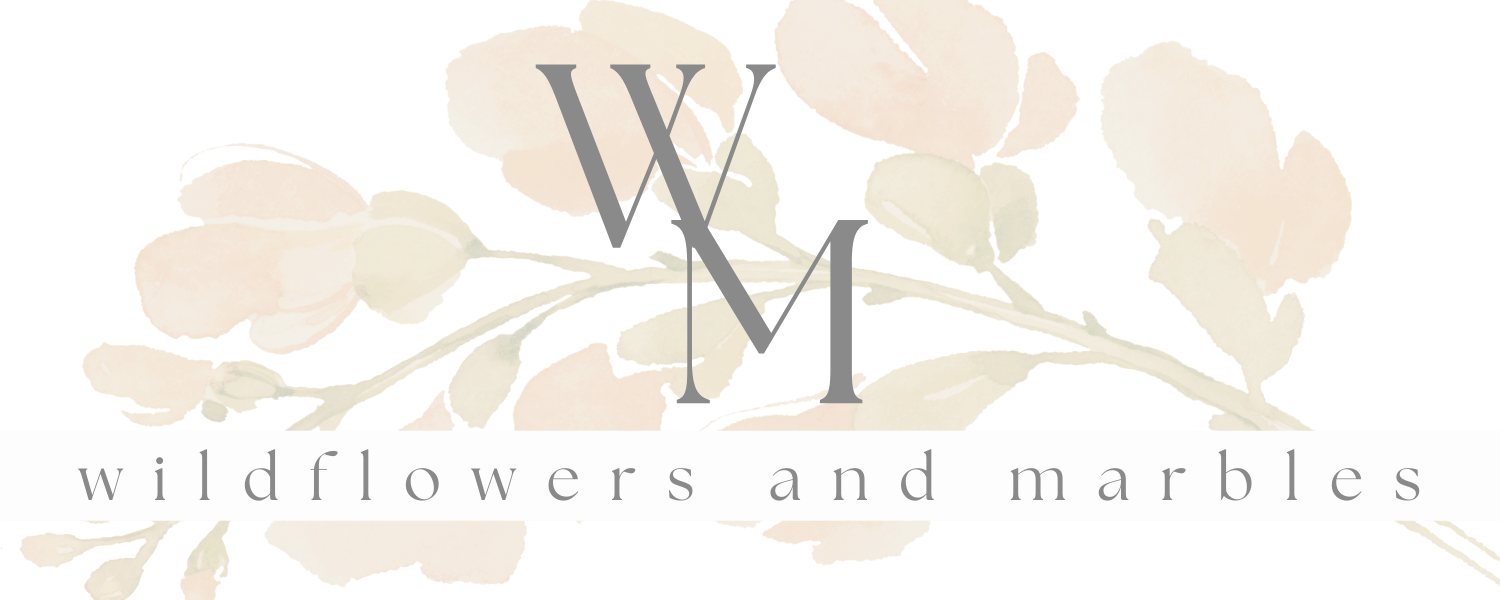

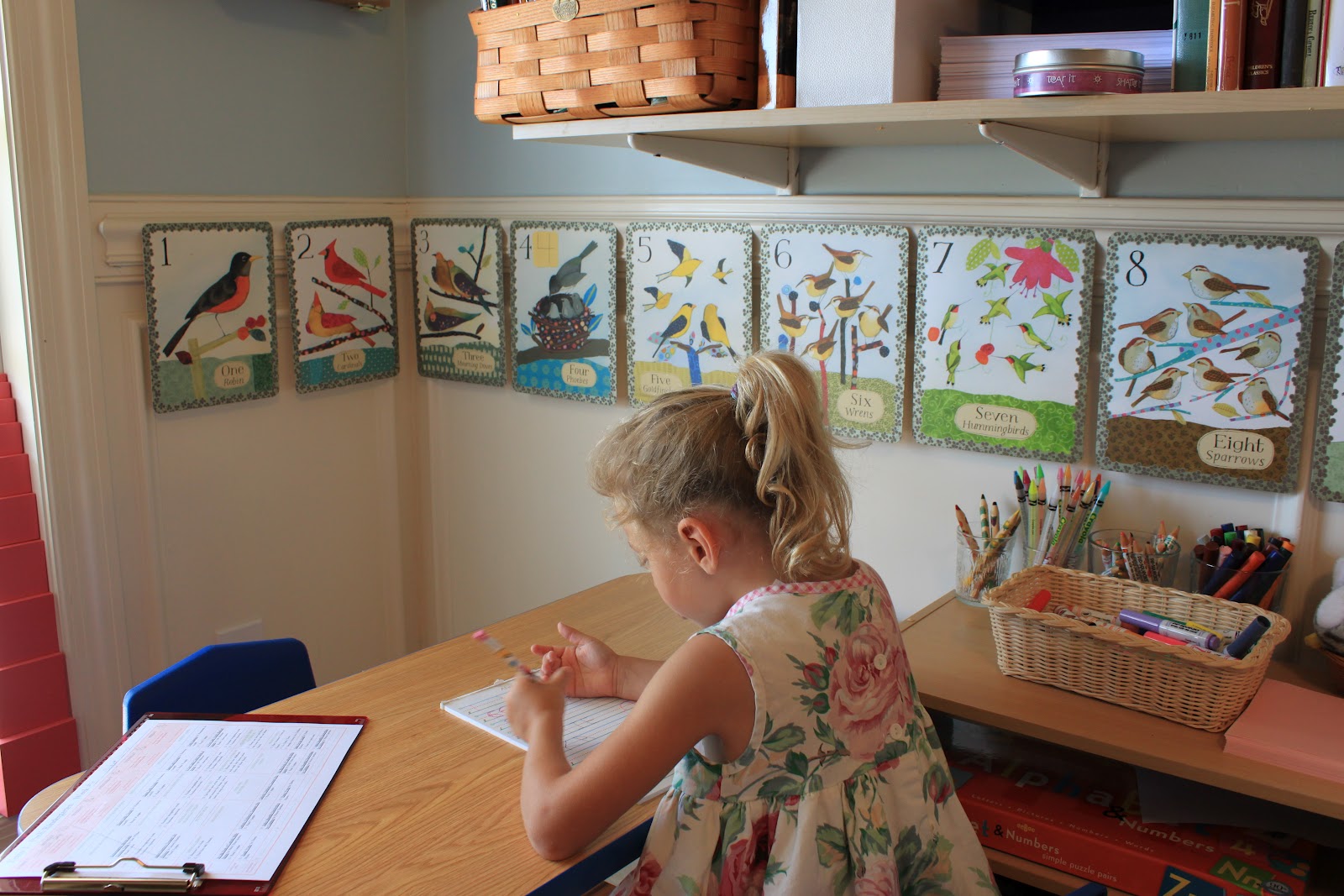
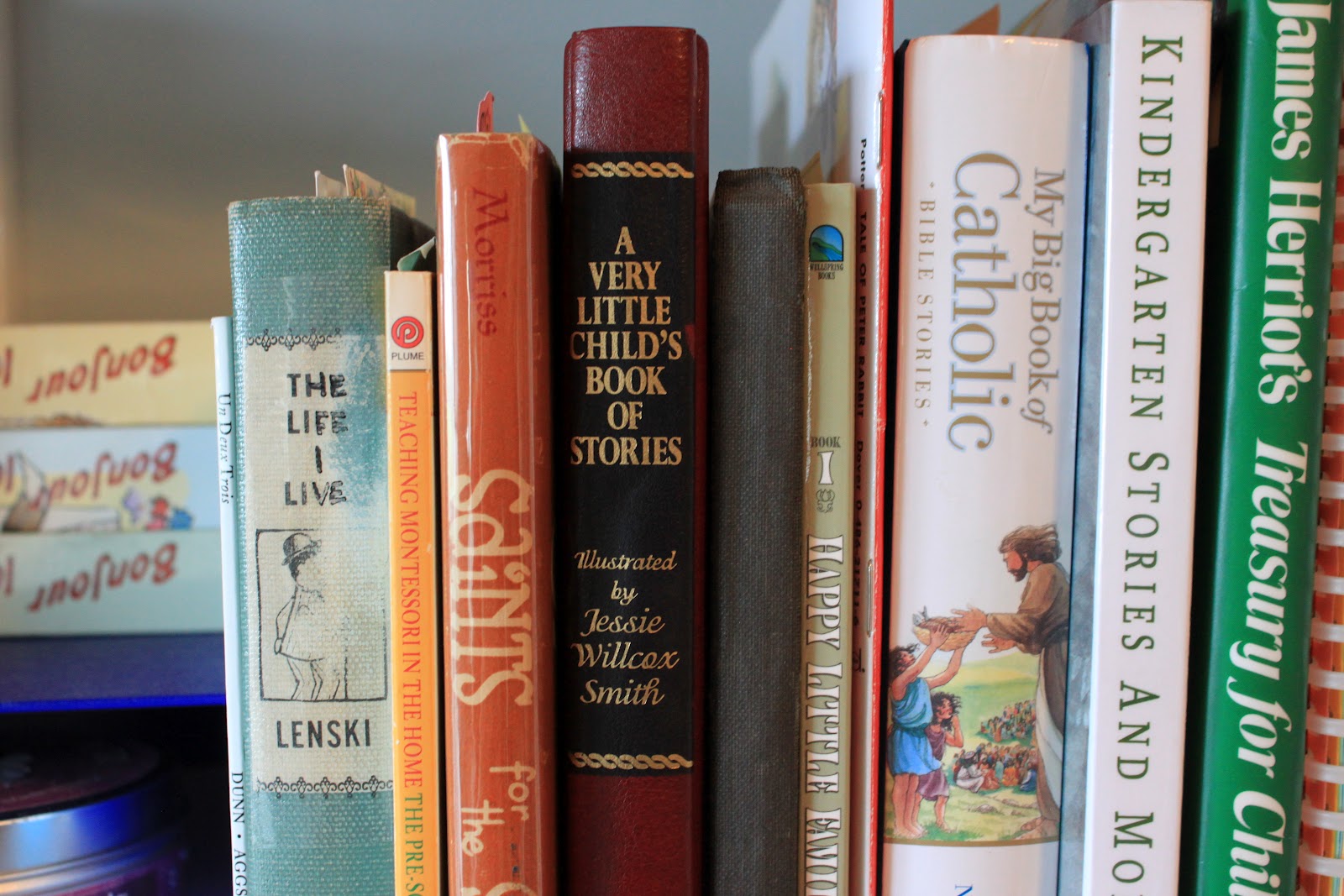
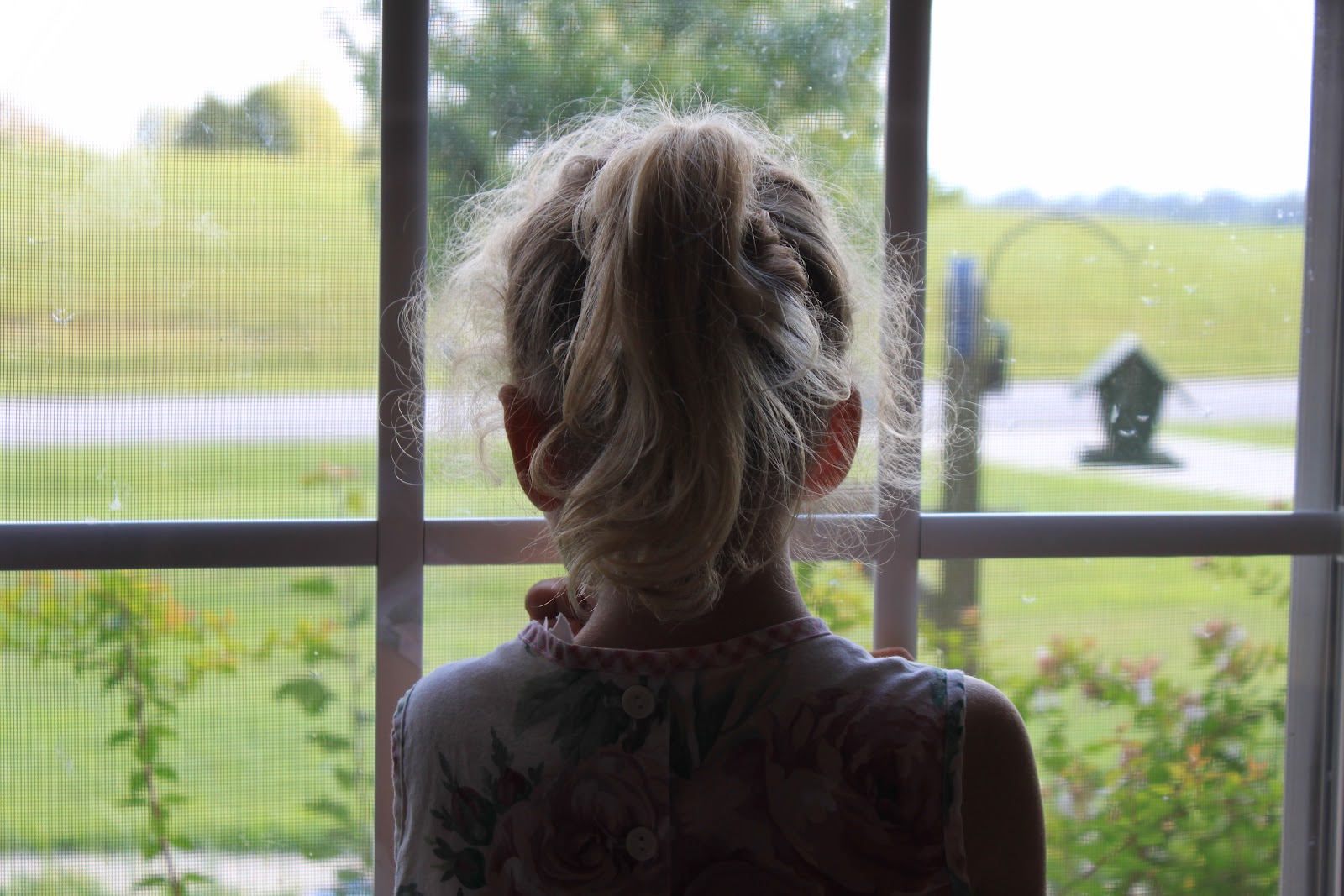
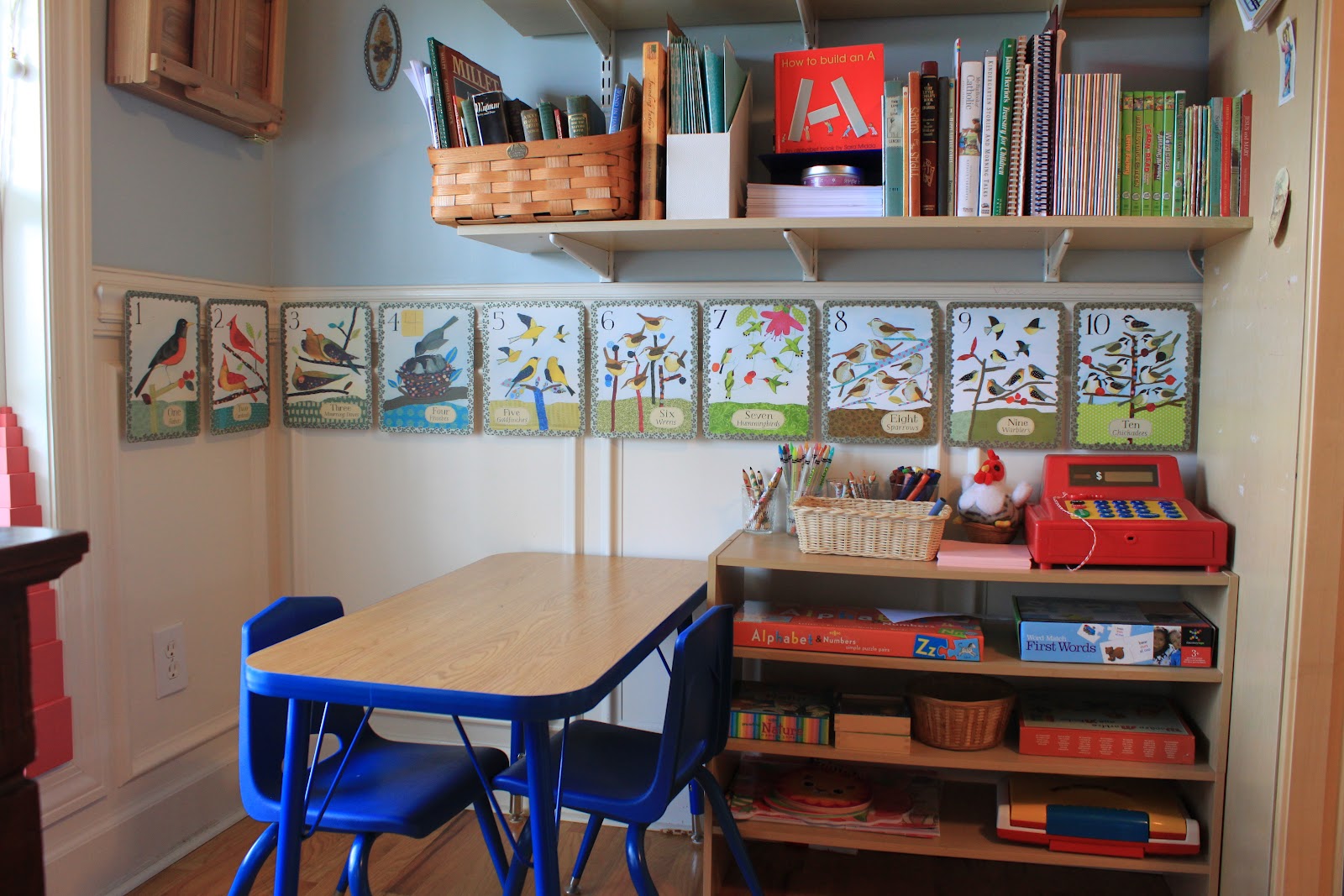
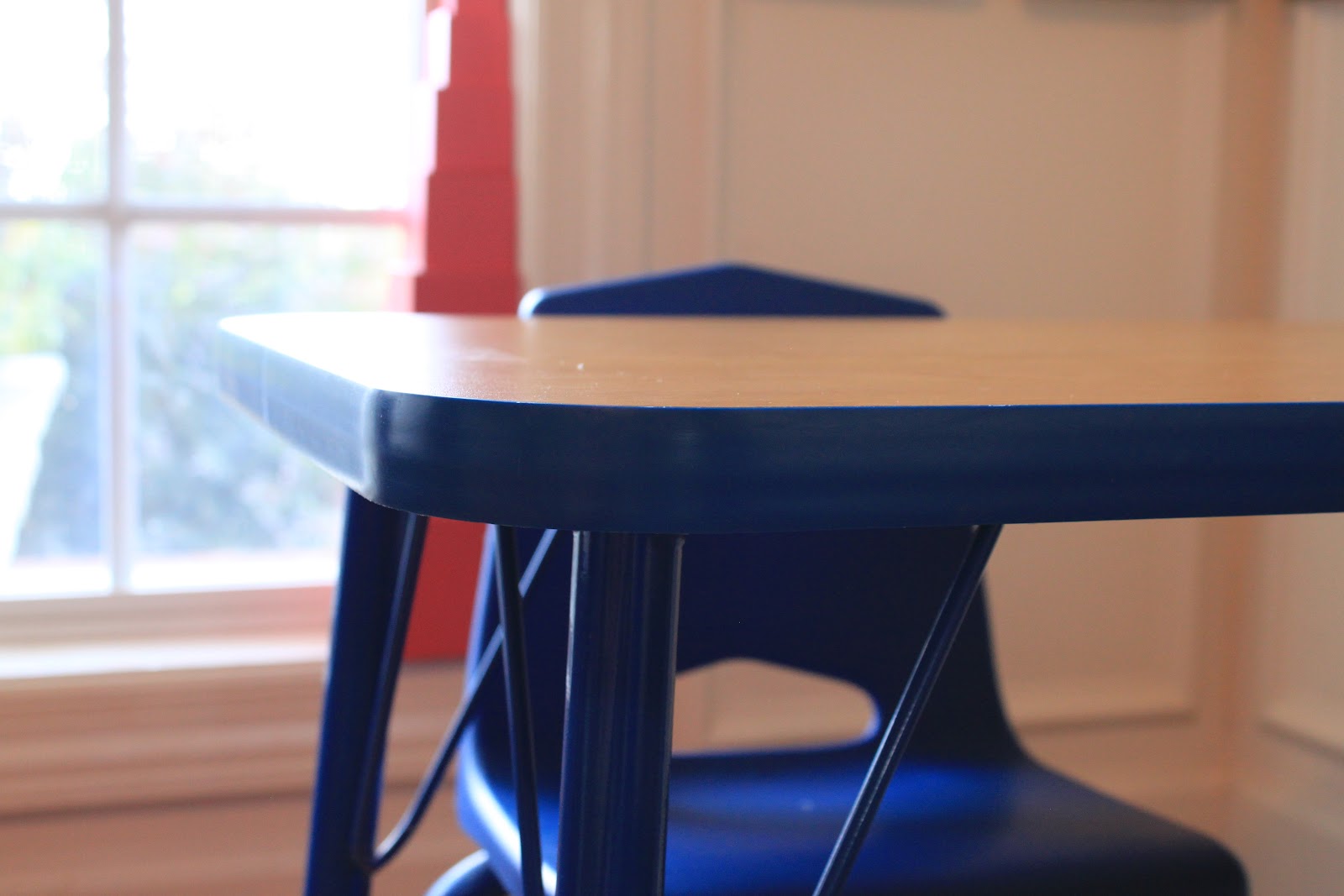
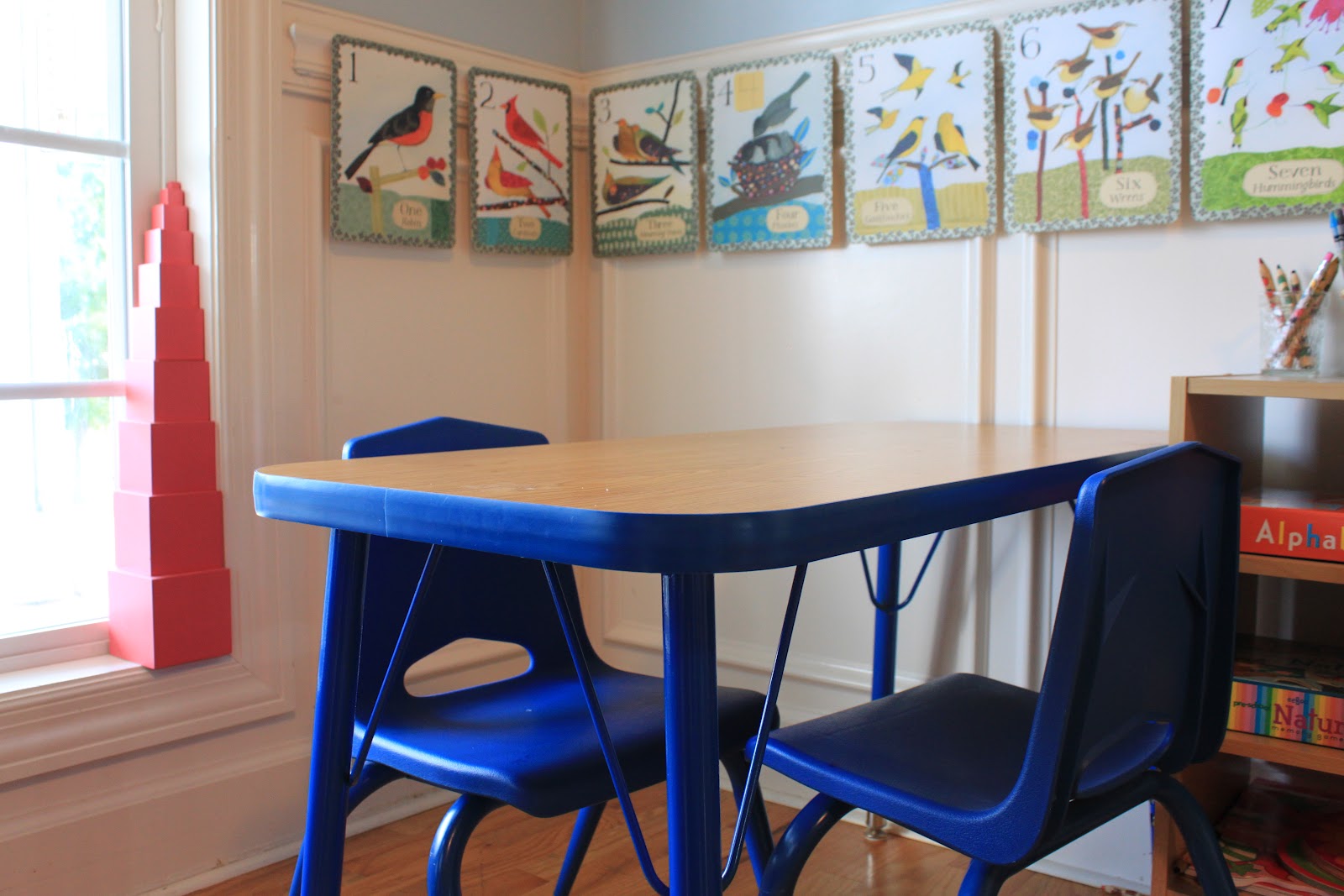
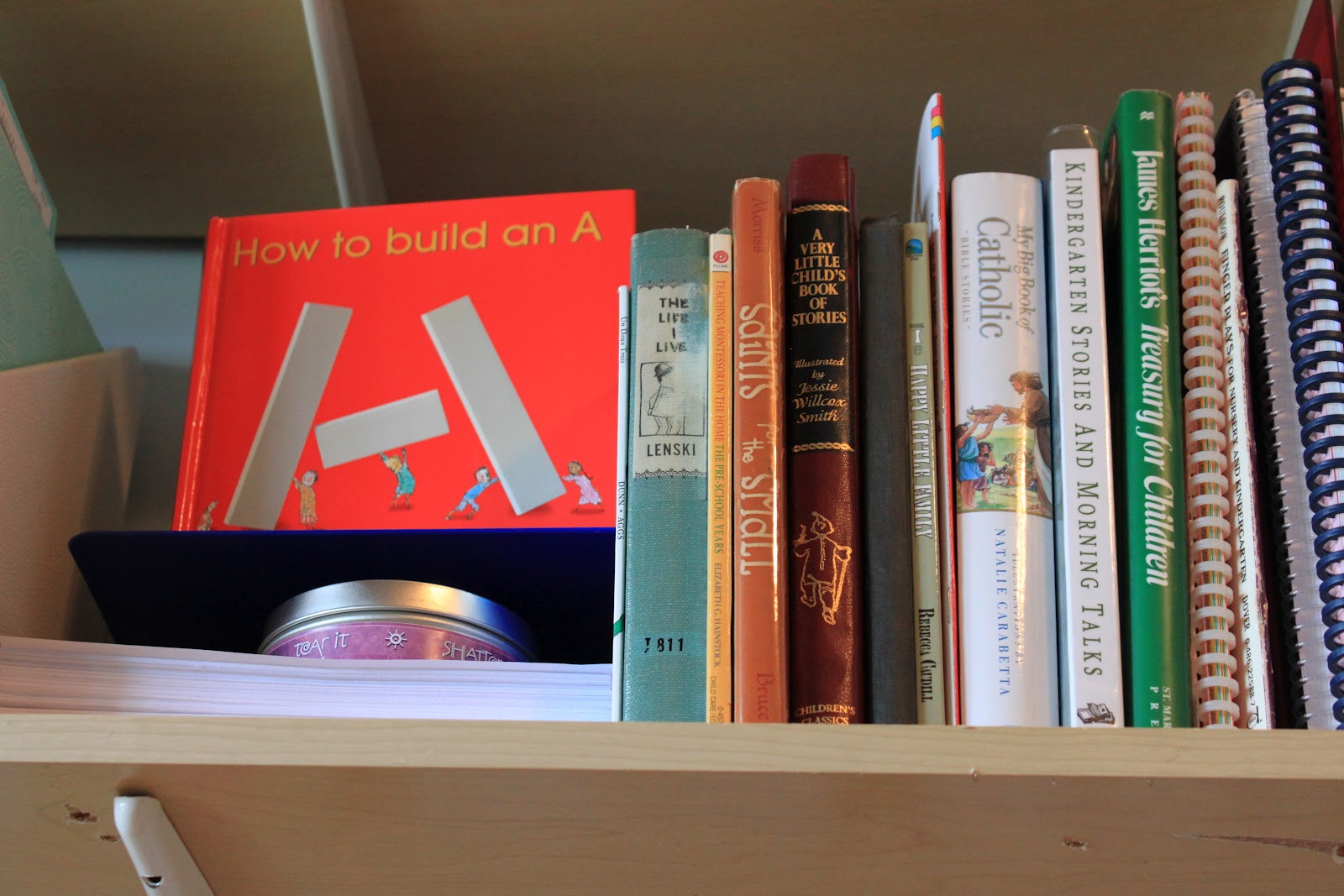
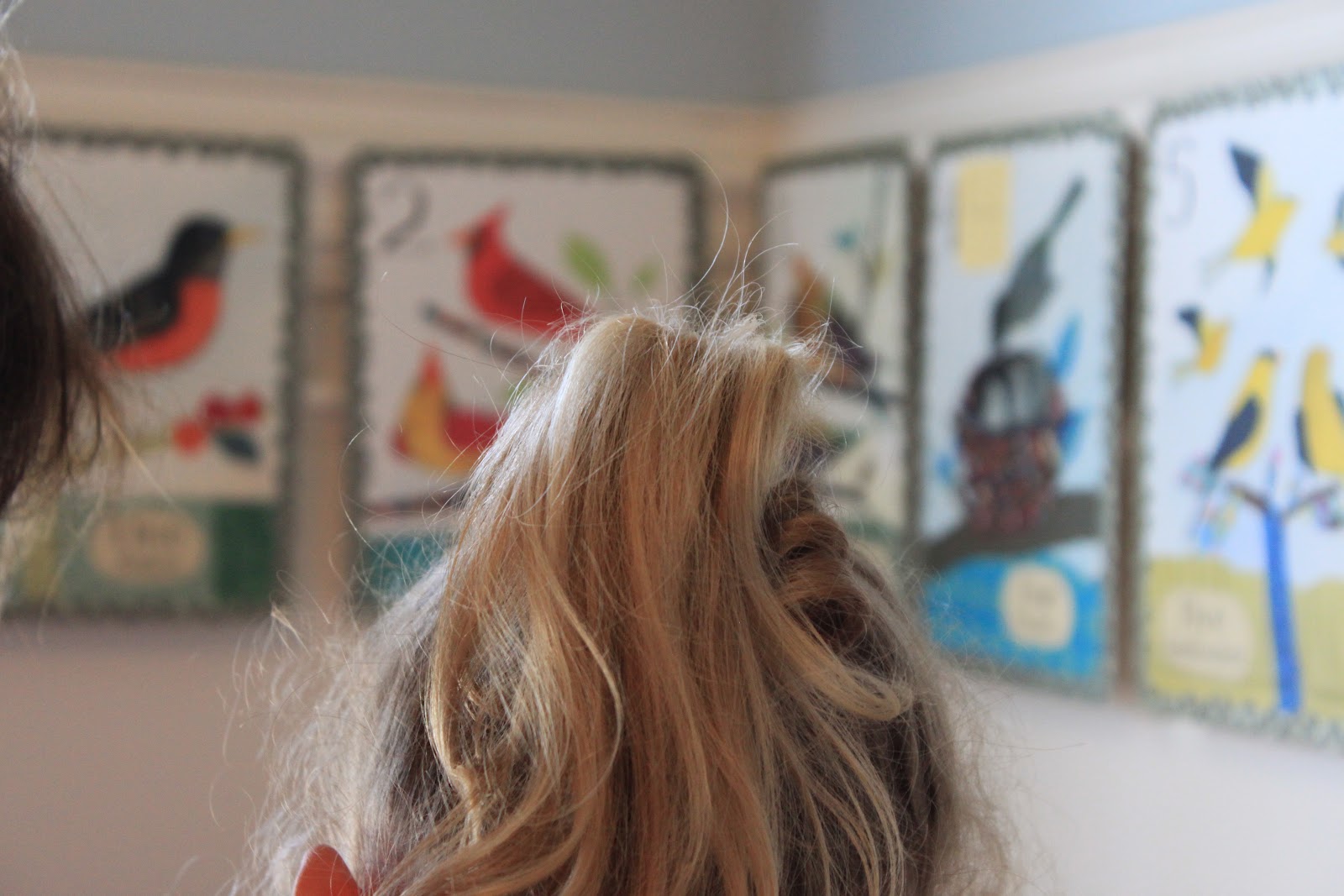
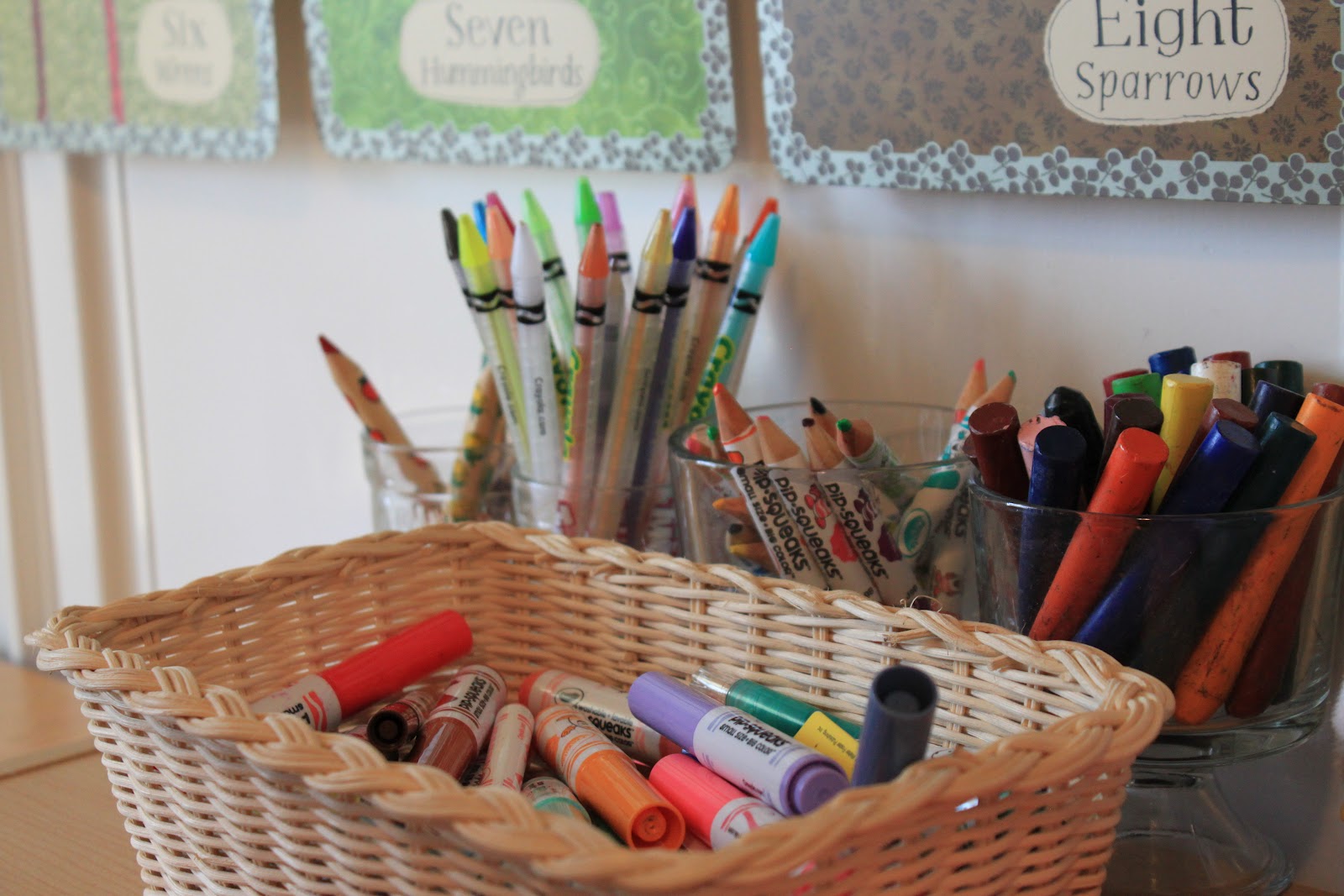
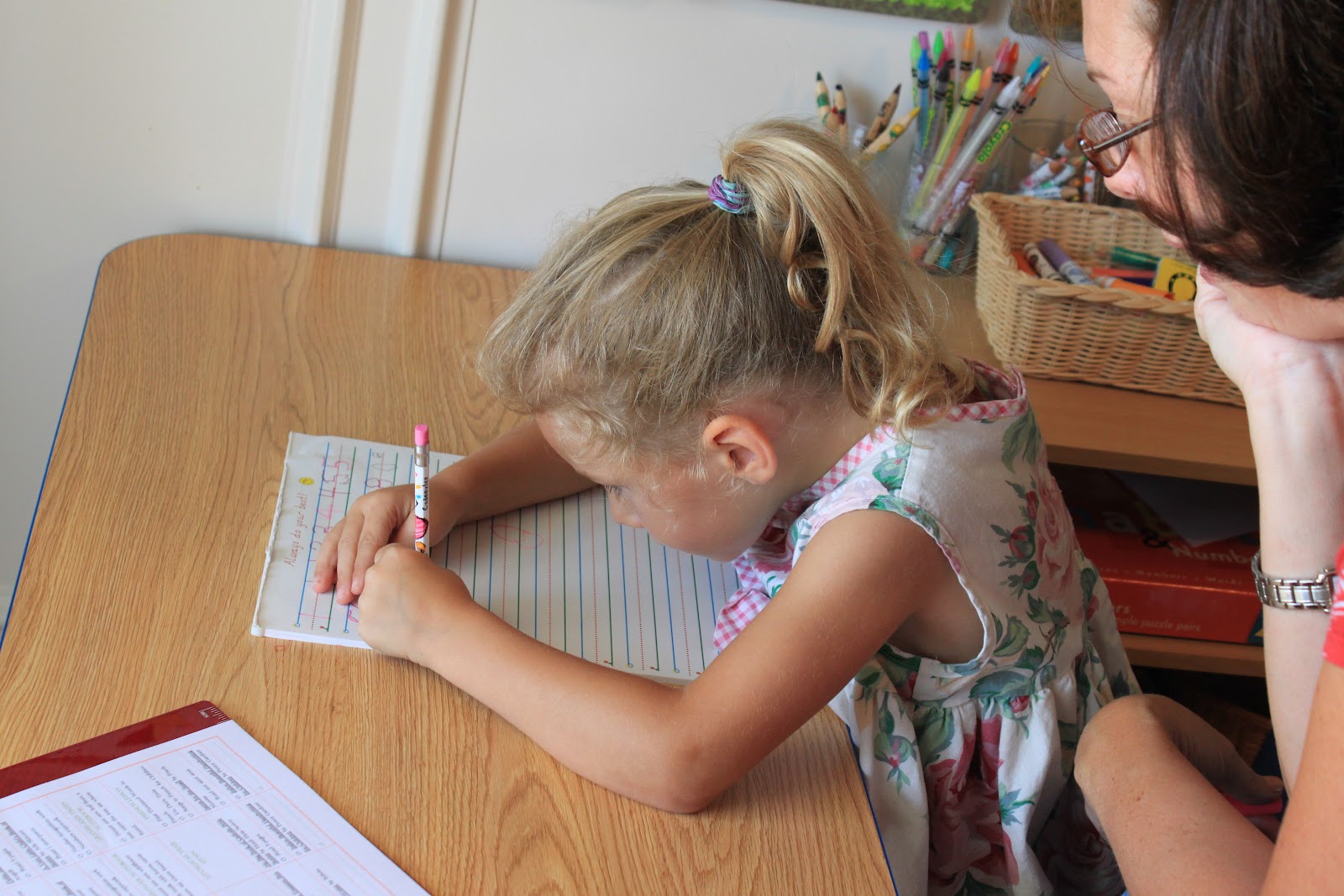
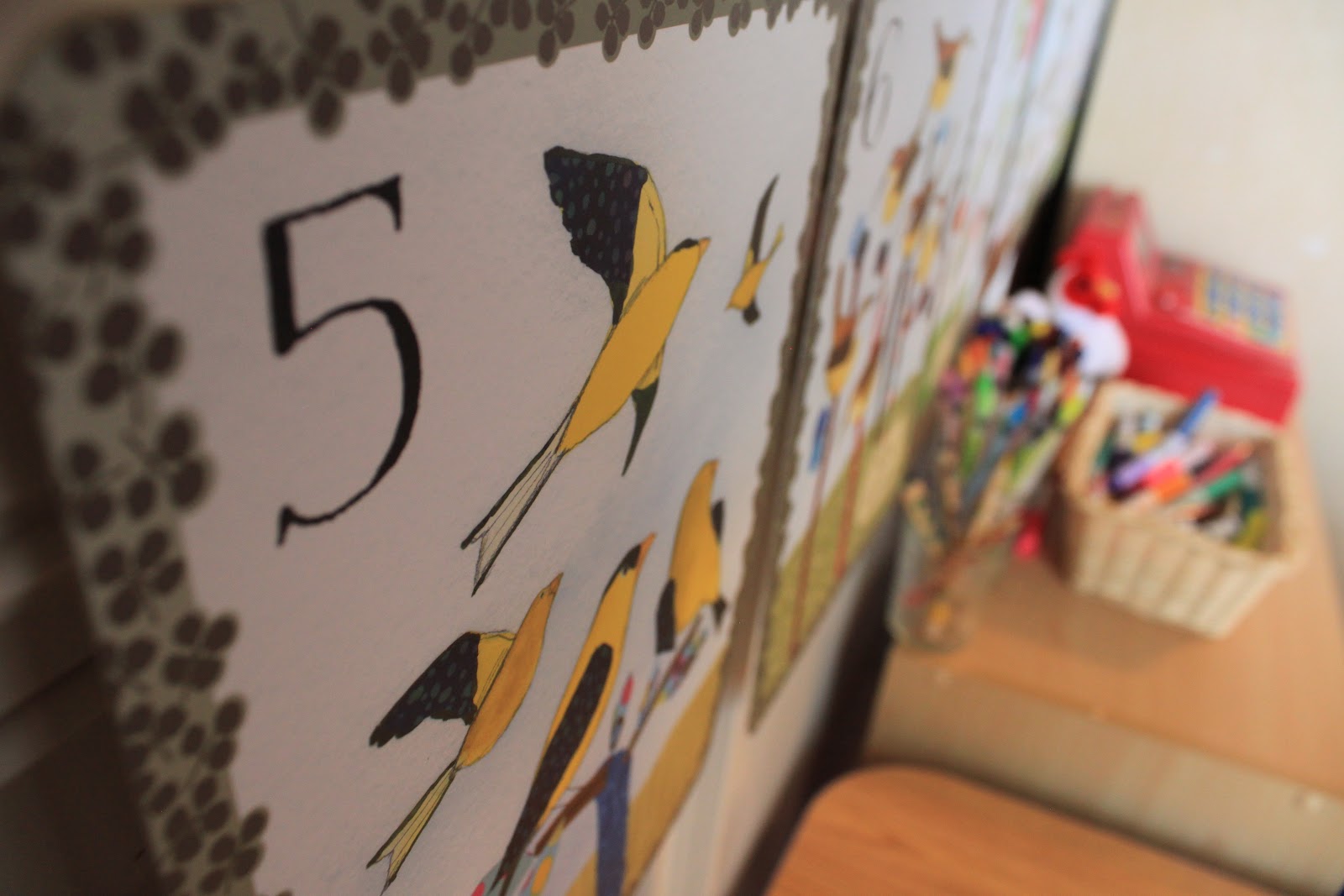
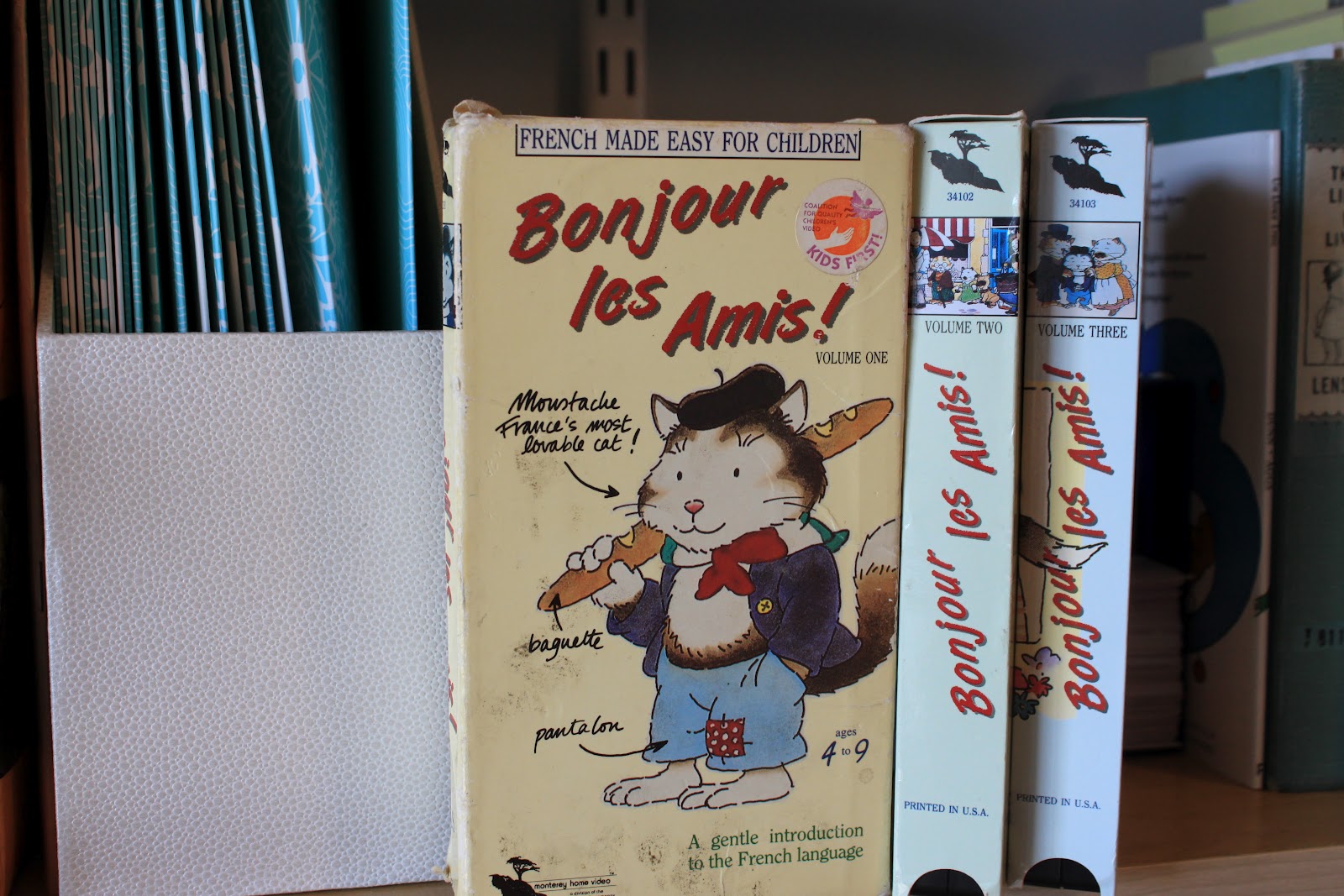
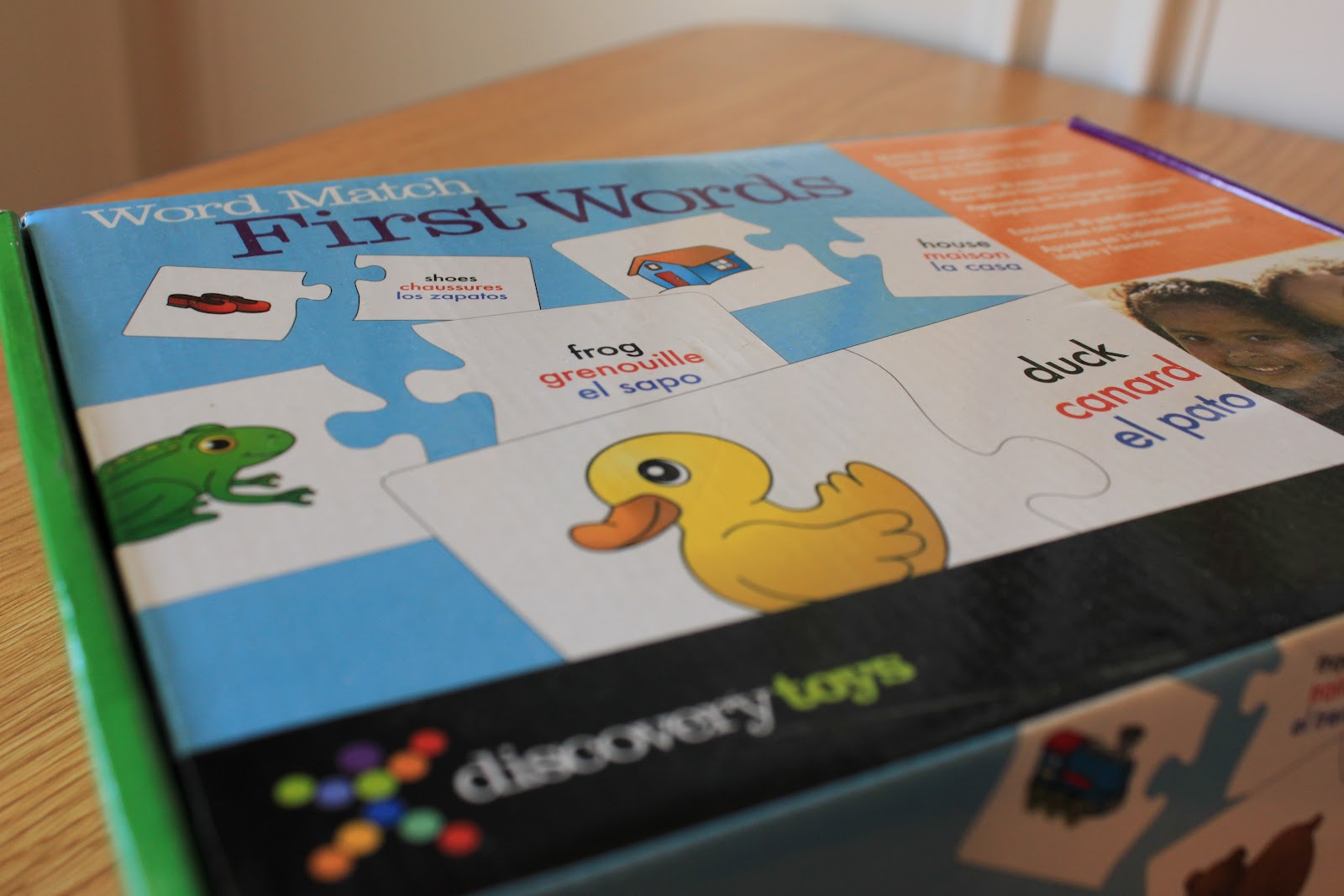
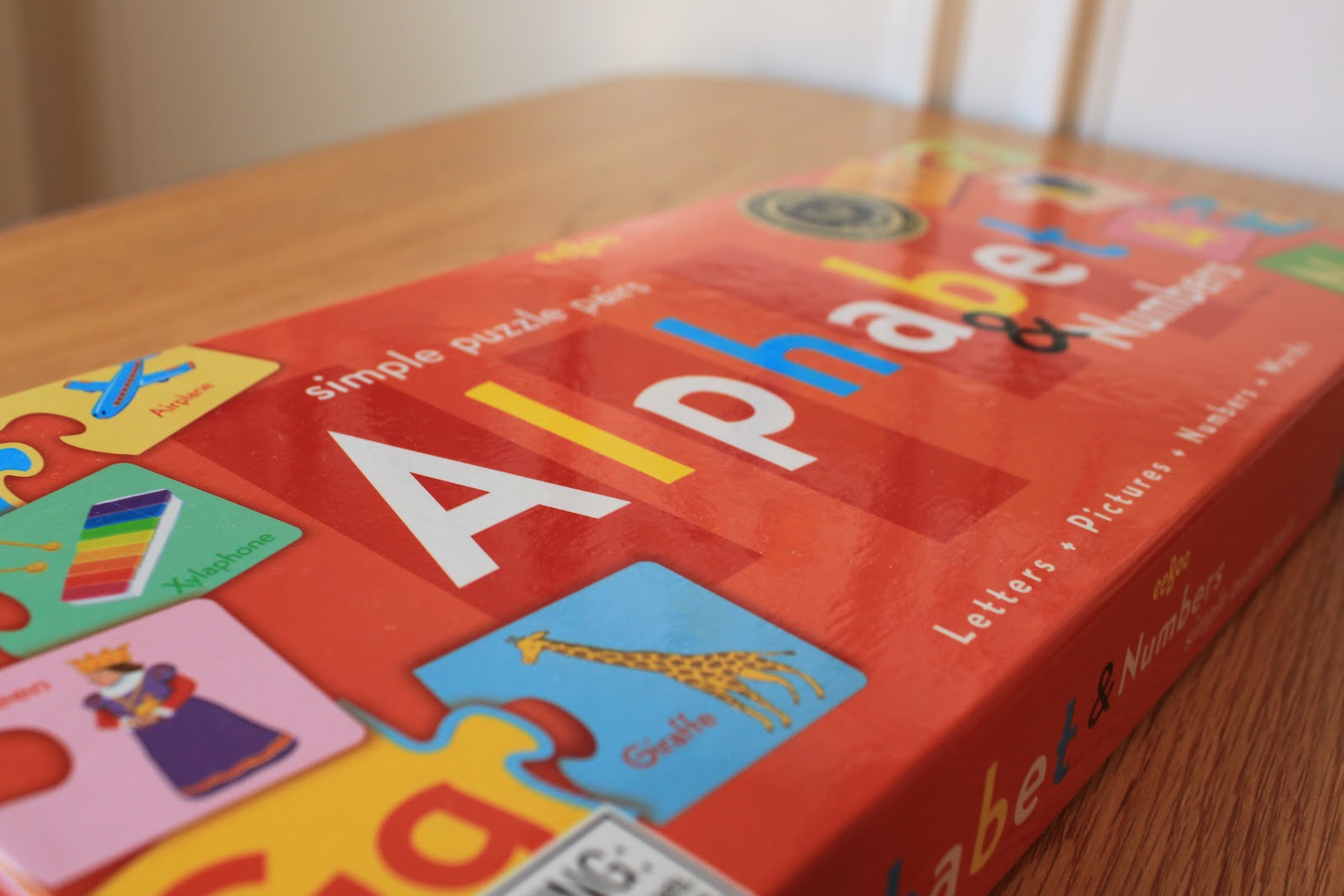
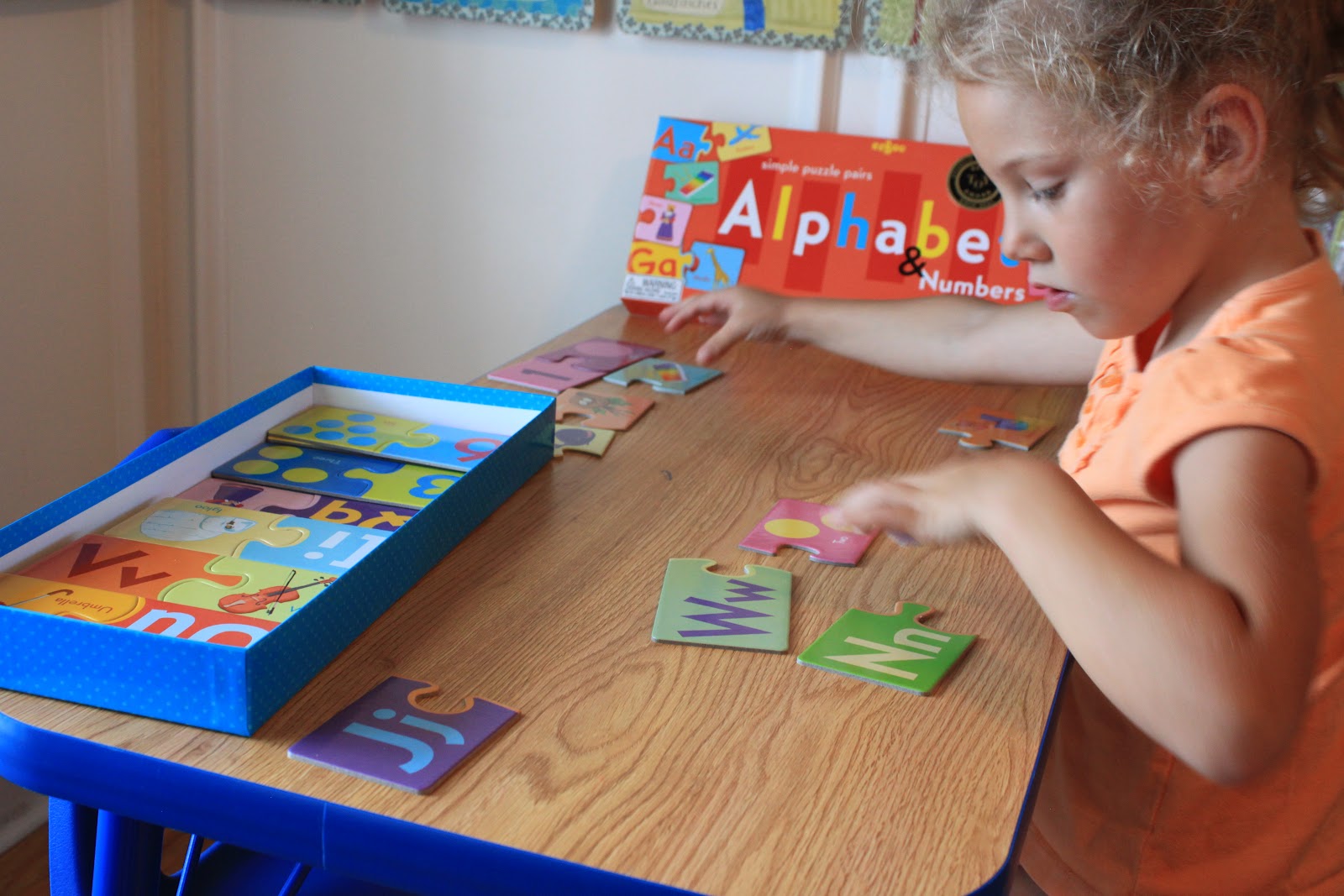
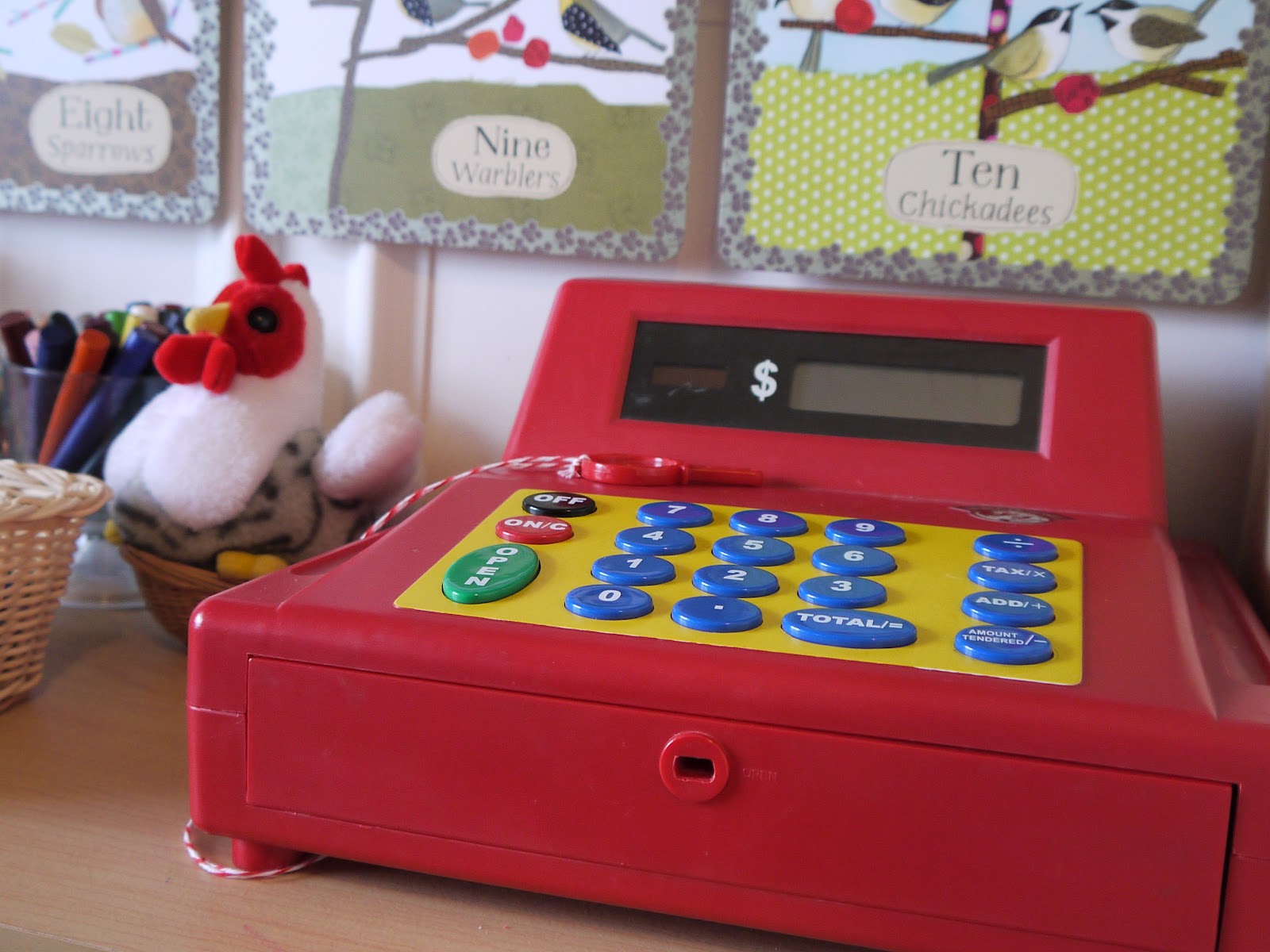
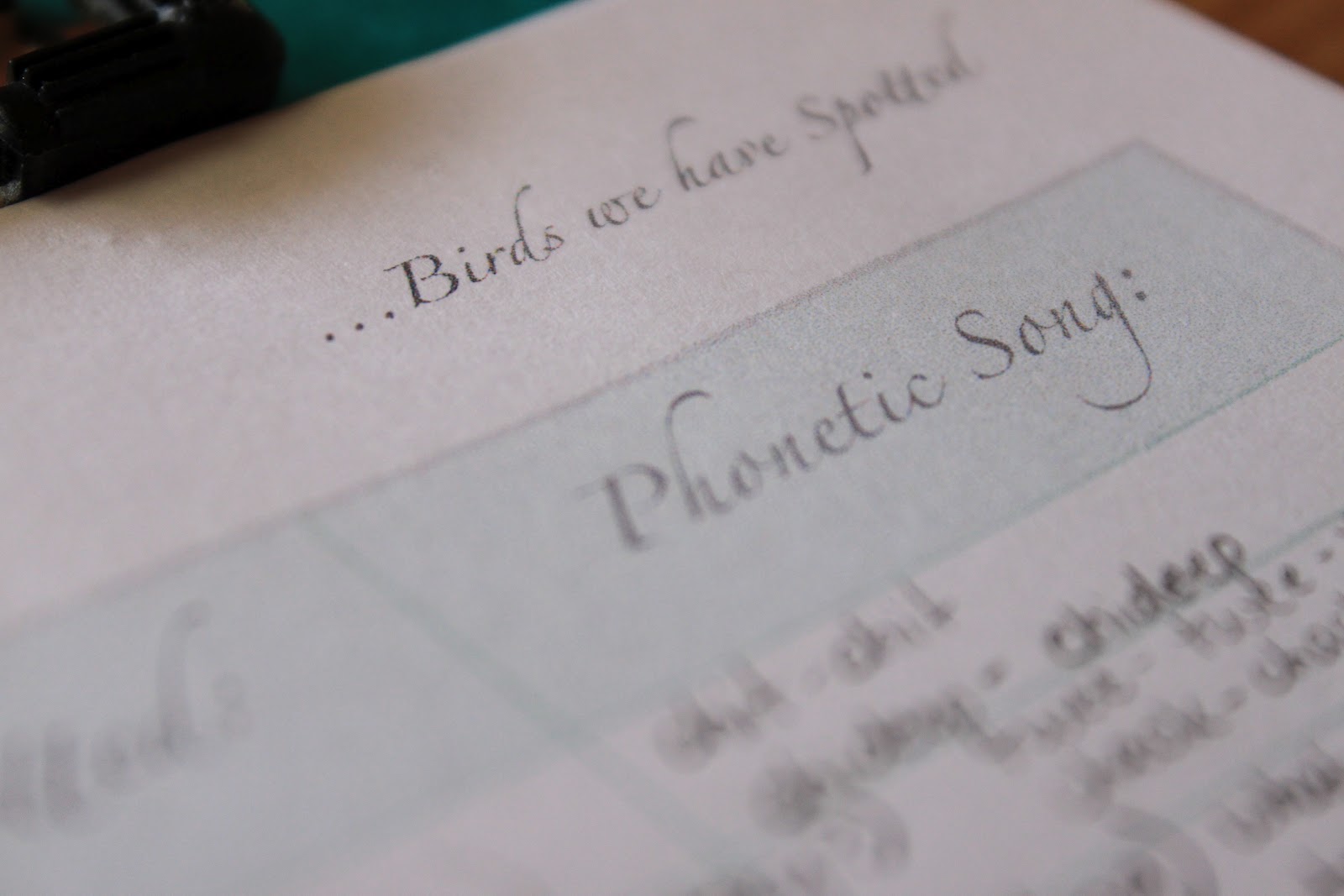


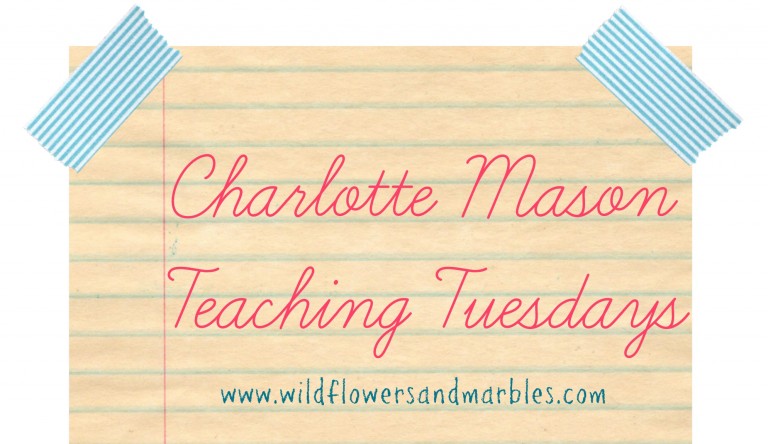
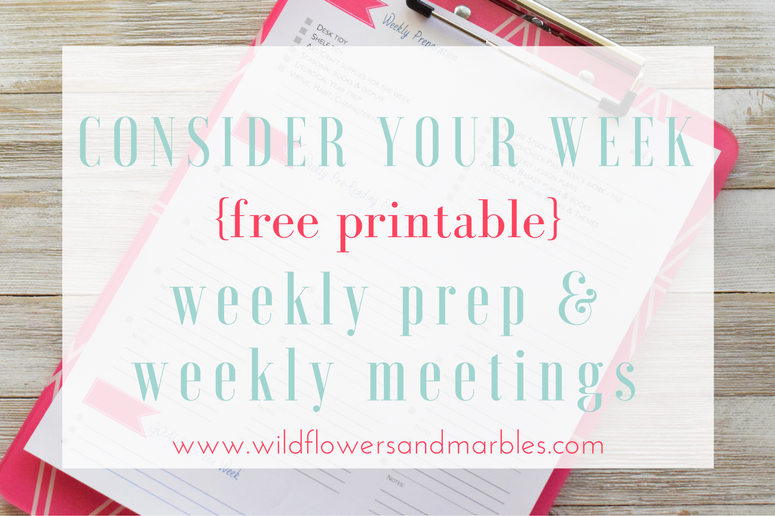
This is exactly what I needed today. Thank you!
Thank you so much for this!
That is so sweet: I spy a lefty. O.K. it wasn't the farm table but great post too ; )
LOL
Oh my…so sweet! Jen, how did you fix your eeboo bird pics on the wall? I am curious. I am going to do the same thing for Lily, she adores birds of every kind. She has an affinity for the albatross…..not sure if that is on the bird set.
I noticed your Doodlebug was writing left-handed too, but then I saw her down below coloring right-handed! Is she ambidextrous?
I soooo envy your space, not because you have more “stuff” than me, but because so many of your supplies seem more authentic and well-chosen (like the number cards). Also, with only one child, I don't invest quite as much in things that she will outgrow. Lastly, because we are in the military and move a lot, we have to purge every 2 years or so.
Thank you all for your kind comments!
Diana,
The eeBoo wall cards…and practically everything else around here is affixed to the wall with permanent double sided tape. I pick it up at Staples. Very inexpensive!
And yes…my Doodlebug is ambidextrous. Sometimes she clearly prefers using her left hand…and sometimes she goes back to her right. All my other kids have been clear right-handers….so I'm just waiting this one out to see where her writing hand settles out…or maybe it won't! And she'll always be ambidextrous! Not sure yet!
Oh and Jenny…I'll have to post pics of the farm table soon!!
Thanks, Jen! I am off to pick some up on my trip out. I ordered the set of counting cards, and hopefully they’ll be here before Lily’s birthday on Tuesday. I am so glad you posted all of this, Lily and your Doodlebug would be little kindred sprites if they could play together. 🙂
Ok, I have had my head under a rock lately, but must say that “farm table” pricked my ears! I'm waiting for a shipment of new printer ink, but will be printing this post out – as usual! Also wondering how you have found that early years with girls compares to early years with boys. Not that I would be able to make much comparison, lol!
Hi Jen,
Thanks for the detailed post! Thanks also for the link to Wayfair Supply for the table. Where did you find the shelf that holds the cash register, etc…?
Thanks,
js
Oh, your timing is so lovely. My son (just barely 3) was so bored for a while there I got sort of sucked back into thinking he needed tons of activities, a “program”, a more structured, traditional preschool… I researched and looked for stuff, prayed and thought about it for 2 weeks… I really worked hard to find materials and possible curriculum… only to come back to Charlotte Mason, family, reading, space, nature… all of it. He definitely needed some attention and focus… but I was looking outside myself and outside our family for answers… only to come back and find them within again. I'll be back to this post many times! I'm trying to organize ourselves for more routine this fall… 🙂 Many blessings and gratitude your way again.
Hi Jen…I miss you!
No more preschoolers here; not even close.
But I love your comment about discerning carefully the time spent in outside the home activities.
My most precious memories and greatest thanksgiving for God's graces come from the moments spent together at home….reading and playing.
God bless!!
Jen, I don’t mean to sound dense, but are you introducing French because that is what CM suggested, or is there another reason? I have always thought it sounded a bit mysterious, would love to know more…might have to look at those videos! They sound sweet.
Ugh….I posted my answer to Angela's great question last night within the blog post itself, but forgot to come back here and thank Angela for the great question and actually *TELL YOU* that I answered within the post. 🙂 Well, she saw the answer, and in case you're following comments, Angela asked a great question:
>> wondering how you have found that early years with girls compares to early years with boys. << …and my answer got long…so I edited my post and answered her great question WITHIN this post. ——————————————– Then js asked: >> Where did you find the shelf that holds the cash register, etc…? << Oh, dear! I'm usually good about mentioning where I got those fabulous shelves….and I totally forgot about it in this post! The great news is that they are super inexpensive and super easy to find! They are shoe organizer shelves. What you see pictured in the post are actually 2 sets of shoe organizer shelves stacked together. (They come with little pegs that allow the shelves to stack together) You can find them at Target in the closet organizer section, or at Lowes in the closet organizer section. There is a minimal amount of assembly (at the time my 8 yo put them together for me…so it's super easy!). I have these shoe organizer shelves all over our learning spaces and in closets for organizing toys and manipulatives. They're a great storage and display solution! ——————————————– Anne,
I wish you all the best as you thoughtfully consider a gentle preschool approach for your 3 yo! What a delightful year before you both!
——————————————–
Gwen!!!!!!!
I miss you, too! What a treat to have you add your valuable perspective here! I'm so grateful!
——————————————–
Diana,
You asked a really good question about our preschool french lessons.
>> are you introducing French because that is what CM suggested, or is there another reason? << The first answer is that my family is French (Cajun French) and that has kept French always on my radar. The second answer is that I began to reconsider why CM taught French as a foreign language, and why she undertook it at so young an age (she felt that one could not begin too young). Part of her reasoning certainly had to do with Great Britain's proximity to France, but CM doesn't speak of that as the sole reason for learning French, in fact, she considered that any well-rounded, culturally informed, educated person would speak French fluently. She also felt that hearing and speaking French was actually a very important training of the senses. An excellent explanation from CM herself on the topic of French, as well as her simple and very do-able approach to teaching foreign languages can be found in Home Education, p. 300 – 307.
For the longest time (the first 10 years I homeschooled), I decided that our informal use of French expressions in the home (very few and far between…things like, “don't do that” — “Ne fais pas ça”) would be adequate for a little French and so I focused primarily on teaching basic Latin prayers because that has more of a context with our family and faith. I still keep Latin in our preschool line-up (just basic prayers and hymns – no translating, conjugating or declining for my preschoolers, thank you very much), but this year, I decided to add French in a more thoughtful way.
I did so because I did consider the value CM placed on the French language, but also because of our family history. We already use a little bit of French informally, so I just decided to build on that very gently with the dear little French series.
And by the way, Diana, I can just imagine the pink party our girls would have!!!
Jen I just popped in here for some inspiration and got this wonderful post! My little one is 2 1/2 and her little cousin (just 2) is going to nursery school in a week. My little one suddenly “wants to go to school too” and each time she says it my heart breaks a little. She's too little! But then I was feeling guilty that maybe I'm holding her back and should send her or at least find some outside class structured activities to do with her. Then I started thinking we'll do school at home but the more I read about school & little ones the more overwhelmed I got. Then I read this beautiful post from you with so many great resources….and realized we are already doing so much of these things anyways! I'm thinking I'm going to start planning & make a little “first day” type thing for her and pick a morning or two each week to start learning her letters & 123's. A little more formal & yet not if that makes sense!
Hi Jen
I can't tell you how grateful I am that you so willing share your plans and resource details with us. It is so very very helpful.
I have 2 questions; firstly, what is Peanut doing while you sit the Doodlebug? I have 4 children, the same age gap as yours but 1 year behind you. Alternatively, what does Doodlebug do while you teach/read to Peanut? (Actually child number 2 has learning difficulties so I need to sit with him too if any learning is to be done – I struggle to *get* time with each one on a daily basis without being interrupted by the other 2!) Secondly,for the older children, do you set research assignments for them? I am familiar with CM but I can't find out if 'projects' were part of her philosophy. We follow CM and do narrations, but I wonder if there is an extra dimension to learning when they have to do some sort of project. What do you do?
Thank you so much in advance for ANY tips you can send my way!
Cine
Hello Cine,
The answer to your first question about what my 7yo does while I work with my 4yo is varied. Usually he is sitting at his desk coloring, but he might be doing a Montessori activity from his shelf or a Montessori app, or if he's done with his lessons for the day he might just be off playing on his own quietly.
The answer to your question about what my 4yo does while I work with my 7 yo is varied, too. Sometimes she does the same things I listed above. Sometimes she just listens in on the 7yo's reading.
The key is to have a few things out that they can work with independently and then point them in that direction when I'm working with the other little person. The other key is to not spend an excessive amount of time doing “lesson work” with a little person.
The question about research projects for the older students…
No, I don't set these. The children direct these themselves and they derive from an interest the children have from their reading. Charlotte Mason would ask that the teacher put children in the way of books, tools and information that would help them pursue projects, but then to stay out of the way and allow the children the responsibility of digging in.
Hi Jen
Thanks so much for answering my questions. I do so appreciate you openess (you know, to *really* share).
I in the process of overhauling, well, it feels like just about everything; systems, storage, schedules. It can be overwhelming, but your blog has been such a help in nutting out details. Thank you.
Cine
This is a wonderful post. Thank you for all the useful information here. This will help me so much this year. I was trying to download the booklist and lesson plans, and the links don't seem to be working right. I would love more information on this. Thank you so much.
Hi Allie,
Glad you enjoyed the post! I fixed all the links to the booklist and lesson plans so they should work now. 🙂
Ahhhhhhh, every time I read a post of your's I love it. I've recently ordered a few books that you recommend and after reading this will be ordering several more. Thank you for all of the great information. I do have a few questions though, I am very new to the CM style and Living books, would books like Winnie the Pooh/Christopher Robin be considered Twaddle or good reading? Also what books do you use when teaching your children to read (early readers/for example some people like the BOB books)I have 5 children and 3 are early readers or have not started reading yet, so a great book list is soooo wonderful. I also wondered if you would share your e-mail address with me. I have an older computer that doesn't have Microsoft and it won't let me click on your e-mail through the blog. Thank you so much.
Hi Kim,
First, YES! Absolutely! Books like Winnie-the-Pooh ARE living!
I have used a variety of early readers over the years. I like Stone Tablet Press' *Little Angel Readers* and also the *Faith and Freedom Readers* which Seton has reprinted. I've also used BOB books, too. Honestly, I just keep a few readers around because I've found that different children respond to different types of readers. Over the years, I've managed to collect some really great out of print readers, too. One that I highly recommend if you can find it is: *Old Time Stories Retold By Children* by E. Louise Smythe. My copy is copyright 1896 by Werner School Book Company. It's a small book, but the stories and fables are timeless – it is one of the only LIVING BOOK readers I have ever found, and as such has a permanent place on my shelves. Each story in the reader is broken into very small, manageable chunks which again fits in with a CM short lesson. Each “chunk” begins with a list of new words that are in that part of the story – so the child isn't overwhelmed trying to read a whole story in one sitting, but rather, just a page or so with a few new words each day. FANTASTIC reader! I highly recommend it…and because it's so old, it's probably in the public domain so check sites like archive.org and project gutenberg for it.
There are so many resources for great booklists for the early years. One of my favorite books-about-books is *Honey For a Child's Heart*. Here are a couple of my favorite online booklists:
!000 Good Books:
http://www.classical-homeschooling.org/celoop/1000.html
Ambleside Online's Booklist:
http://www.amblesideonline.org/curriculum.shtml
***********************************
And….since you've emailed me directly already, I'm guessing you found my email. 🙂
Thanks so much for your note, Kim! Enjoy these years!
Wow, what a FEAST of resources! Thank you for sharing, it’s so incredibly helpful, especially to a newbie like me who’s still trying to figure all this stuff out!
Hi Jenn!
I noticed that in your recent instagram photos you are preschool themes in your planner. Could you touch briefly what those entail? A list of books? Activities? Montessori trays? Worksheets?
Thank you!
Genevieve
Almost all my preschool themes are seasonal themes – liturgical or natural. Spring, nesting birds, Easter joy, Advent, pumpkins. I’ve always loved seasonal themes and arrange my picture books by season.
Oh! It’s that simple! Even I could try to do that! *grinz* Thank you!